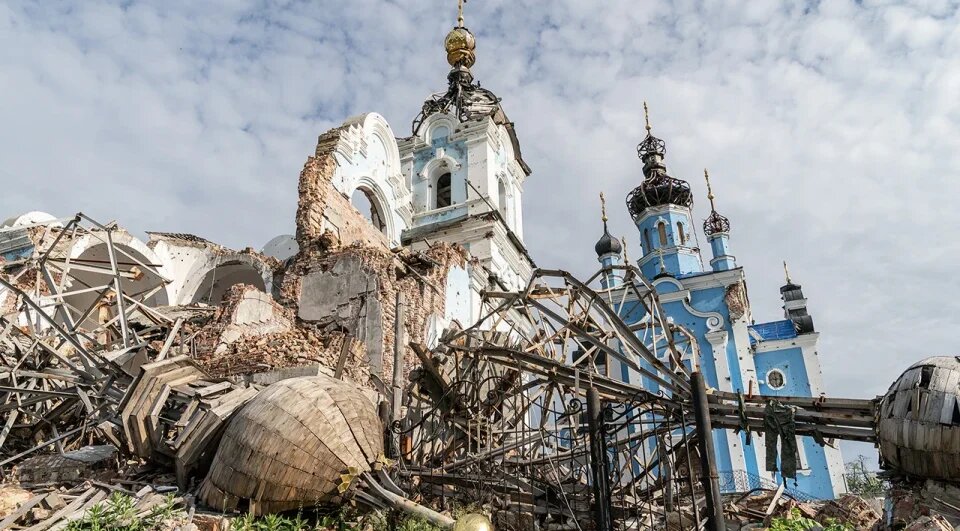How russia Steals Ukrainian Cultural Property: Modern History
4/6/2025

russia has always tried to pursue an imperial policy of aggression not only against the lands of our country, but against its cultural heritage as well. This has become an integral part of the kremlin regime’s efforts to implement a strategy of violent destruction of Ukrainian national identity and appropriation of our history.
One of the first characteristic of russia cases of theft of Ukrainian cultural artifacts was the stealing of the Vyshhorod Icon of the Mother of God, with which the Patriarch of Constantinople presented Prince Mstyslav the Great of Kyiv. It was kept in the town of Vyshhorod near Kyiv and was considered the greatest sacred thing of Kyivan Rus. In 1155, Andrey Bogolyubsky, the son of the local prince of the Rostov-Suzdal region and founder of moscow, Yury Dolgoruky, seized the Icon during his attack on Kyiv. It was brought to the Cathedral of Assumption in the then Volodymyr-on-the-Klyazma (now the city of Vladimir in the rf) and “rechristened” as the Vladimir Icon of the Mother of God.
At the beginning of the 20th century, the Ukrainian state, simultaneously with its formation, was also gaining its own experience of restitution. In April 1917, the Committee of the Ukrainian Central Rada decided to return from the storage facilities in moscow and petrograd the Cossack kleinodes and other heritage taken from the territory of Ukraine at the times of the russian empire. Special commissions began to work in those cities to identify and compile registers of Ukrainian artifacts. The government of soviet russia recognized the claims as justified and approved resolutions on the transfer of the kleinodes to representatives of Ukraine. Part of what had been started was completed already in the times of the Ukrainian ssr. In the 1920s and 1930s, outstanding historical antiquities from the russian Armory, the Tretyakov Gallery, and the Historical Museum in moscow and leningrad were returned to Ukraine. In particular, more than 11,000 artifacts were returned from the Hermitage alone.
It is restitution, as a legal action, that is the main means of compensation for damage caused to cultural heritage and cultural property as a result of violations of international norms during the armed conflict. In the language of lawyers, it is the restoration of ownership rights to cultural property in case of its misappropriation. The procedure itself provides for the return to owners of objects of historical and cultural importance that were lost as a result of occupation by a foreign state, stolen and illegally exported outside the country of origin.
According to UNESCO estimates, the damage caused by russia’s aggression since 2014 to Ukrainian cultural heritage is over $2.6 billion. It is believed that this looting of Ukrainian museums is the largest since World War II. For example, at that time, more than 500,000 museum exhibits, 51 million books, 46 million archival files were destroyed and stolen by the occupying forces on the territory of Ukraine, while from 2015 to 2023, the rf conducted more than 1,385 archaeological excavations and took away approximately 5 million artifacts from Crimea alone.
It is not without reason that the director of the aggressor country’s foreign intelligence sergei naryshkin is in charge of museum expropriation. By his order, an intermuseum group was created, which, “traveling” through the temporarily occupied territories of Ukraine, actually steals cultural property for own enrichment and to create new myths, distort historical events and justify russia’s aggression.
Therefore, for the Foreign Intelligence Service of Ukraine, the return of cultural property to the homeland is an important and fundamental task within the framework of defending the national interests of the state.
To be continued…
